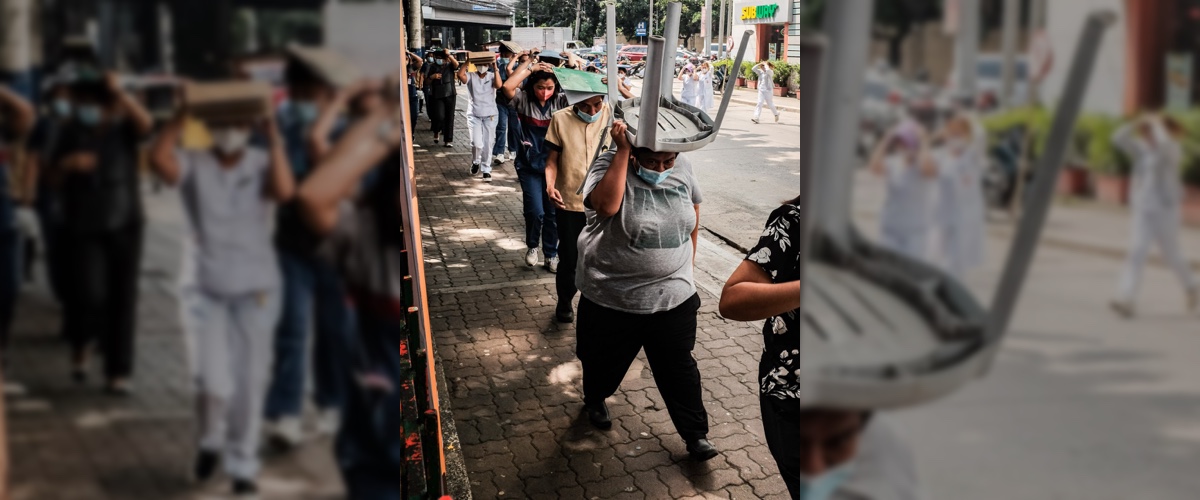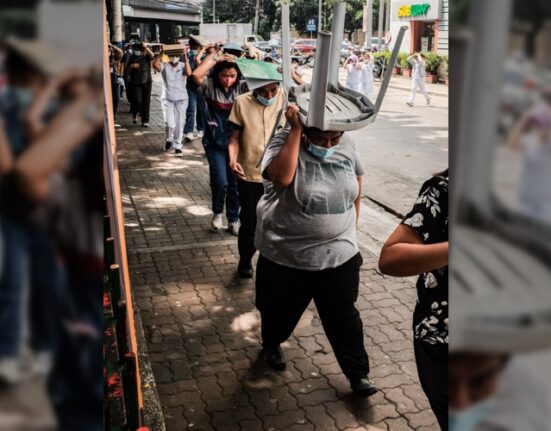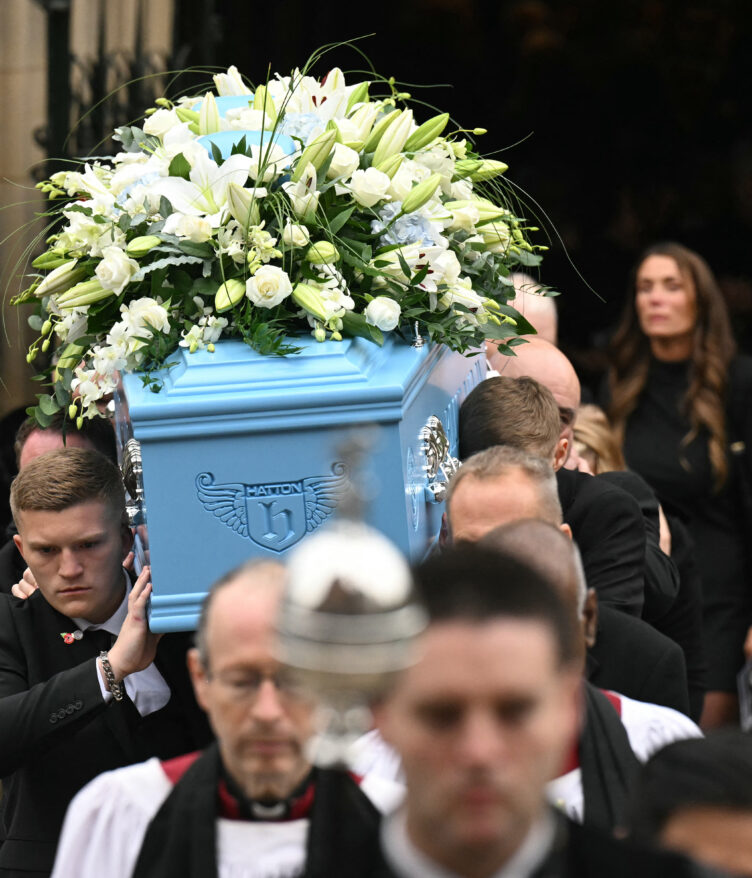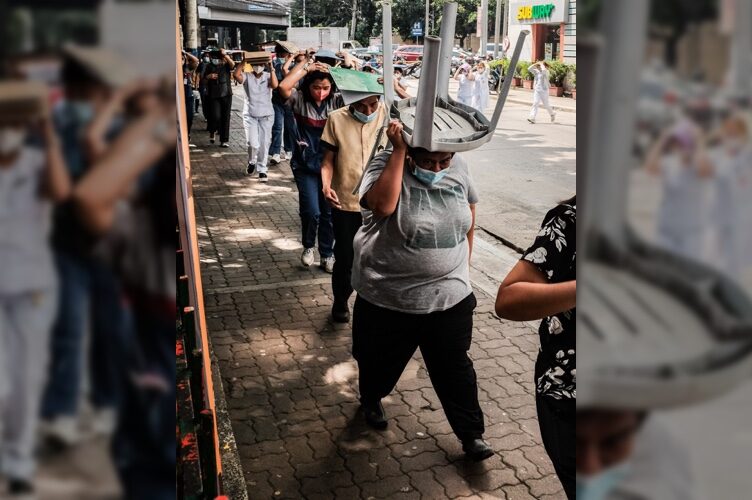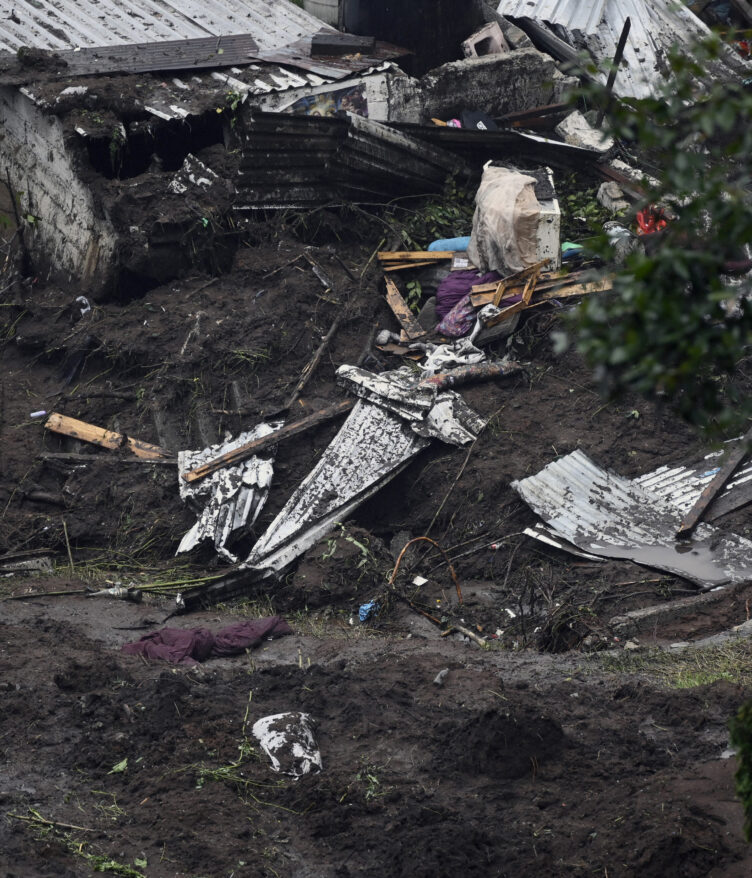REPORTS about a series of strong earthquakes that struck the Philippines have dominated recent local and international headlines.
The most recent was the 6.0-magnitude earthquake that occurred late Saturday, October 11, off the coast of Cagwait, Surigao del Sur, according to the Philippine Institute of Volcanology and Seismology (PHIVOLCS).
This was after devastating magnitude 7.4 and 6.8 twin quakes struck Davao Oriental on Friday, and a 6.9-magnitude earthquake that jolted Bogo City in Cebu on September 30.
The Philippine government and the international community came together to assist hundreds of thousands of Filipino families affected by the disasters.
In view of this, the Quezon City government shared earthquake preparedness tips on what to do before, during, and after an earthquake.
Before
- Know the evacuation plan and the locations of fire extinguishers, medical kits, and exit routes
- Make sure that your house is sturdy and repair any damaged parts
- Make sure that toxic chemicals and flammable items are stored properly
- Make sure that heavy and hanging objects are securely positioned
- Prepare an emergency go bag containing essential items needed for survival during a disaster, including medical supplies, hygiene kits, ready-to-eat food and drinking water, clothing, blankets and sleeping bags, flashlight, whistle, extra batteries, and spare cash and coins
- Participate in earthquake drills conducted within your community
During
- Do the “Duck, Cover, and Hold” procedure: drop to the floor, take cover under a sturdy table, and hold on to it until the shaking stops
- Stay away from glass windows, shelves, and heavy objects that may fall
- After the shaking stops, leave the building and go to the evacuation area
- When in an open area, stay away from buildings, trees, electric posts, and landslide-prone areas
- If you are driving, stop on the side of the road safely and exit the vehicle
After
- Assess yourself and others for injuries first. Apply first aid if needed
- Prioritize the needs of elders, pregnant women, persons with disabilities (PWDs), and children
- If there is a tsunami threat, individuals near the beach should evacuate immediately and move to a safe, high area
- Check for spilled toxic chemicals and flammable items
- Do not return to the building until authorized to do so
- Check water and electrical lines, as well as the gas or LPG tank, for damage
In its “Panatag Pilipinas” campaign, the Office of Civil Defense, through its ambassador, actor and host Dingdong Dantes, warned the public that there is a high chance of a fire after an earthquake.
To avoid this, Filipinos are advised to check electrical wires immediately. If there is damage, they should turn off the main switch and report it to the authorities.
“Huwag mo nang i-DIY [do-it-yourself] ‘yan ha? Baka mas malaking problema pa ang sumabog,” Dantes said.
In a previous interview with republicasia, several Gen Z students shared that they prepare for strong earthquakes by participating in earthquake drills, knowing the “Duck, Cover, and Hold” procedure, and preparing emergency go bags.
How useful was this post?
Click on a star to rate it!
Average rating 0 / 5. Vote count: 0
No votes so far! Be the first to rate this post.
We are sorry that this post was not useful for you!
Let us improve this post!
Tell us how we can improve this post?

